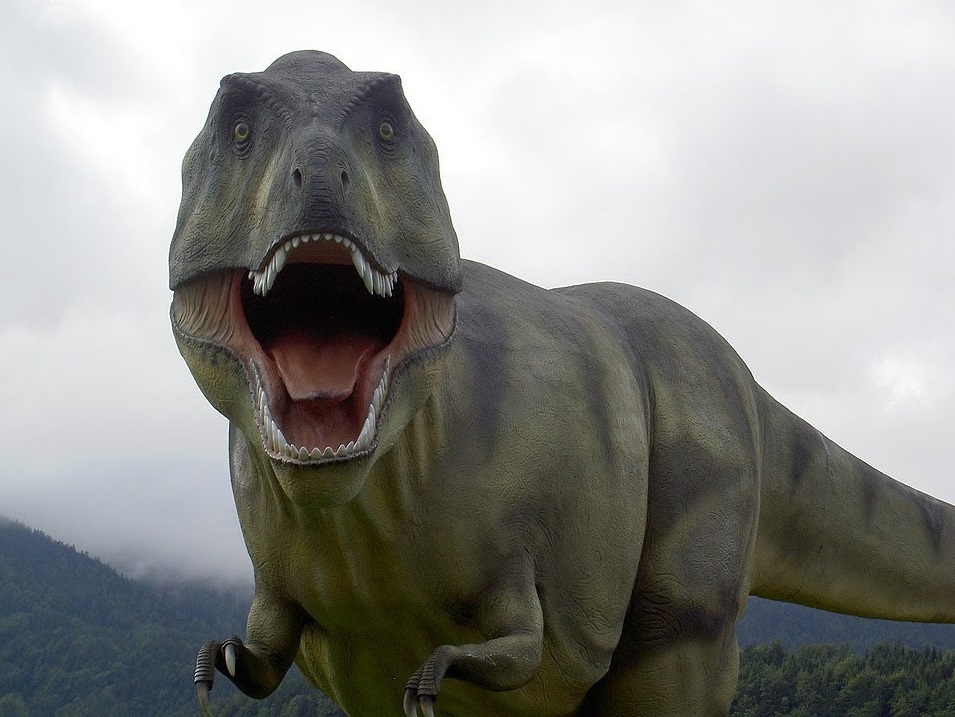
Scientists agree that the Tyrannosaurus rex had the strongest bite of any land animal in Earth’s history. What has remained a mystery was how the dinosaur delivered such strong bites without damaging its own skull. Now, University of Missouri scientists believe they have found the answer. Their study, titled “Palatal biomechanics and its significance for cranial kinesis in Tyrannosaurus rex,” has been published in the journal The Anatomical Record.
T. rex had the rare ability to bite through solid bone and digest it. Paleontologists know this from fossilized T. rex feces containing tiny chunks of bone eroded by stomach acid. Until now, scientists weren’t sure how the carnivore was able to manage this feat. To solve this puzzle, the University of Missouri scientists created one of the first 3D models showing how ligaments and joints in the skull of a T. rex work.
Researchers created models of how bite force might have affected bones in the skull. Previously, scientists had suggested that the T. rex’s skull had flexible joints, like those of parrots and geckos. Using a combination of imaging, anatomy and engineering analysis, the team observed how the skull would move in this case. They found that the skull of T. rex did not react well to being moved around and prefers to not move.
Based on their observations, they concluded that that the only way for T. rex to have such a strong bite was to have a rigid skull, like modern-day crocodiles and hyenas. Ian Cost, the lead author of the new study, said, “The highest forces we estimated in T. rex were just shy of 64,000 Newtons, which is about 6.5 metric tons (7.1 tons) of force.” That is enough force to crush a car.
In addition to Cost and co-author Casey Holliday, authors of the study include Kevin Middleton of the MU School of Medicine; M. Scott Echols of The Medical Center for Birds; Lawrence Witmer of Ohio University; and Julian Davis of University of Southern Indiana. Funding for the study was provided by the National Science Foundation, Jurassic Foundation, Missouri Research Council, Missouri Research Board, and MU Department of Pathology and Anatomical Sciences.
